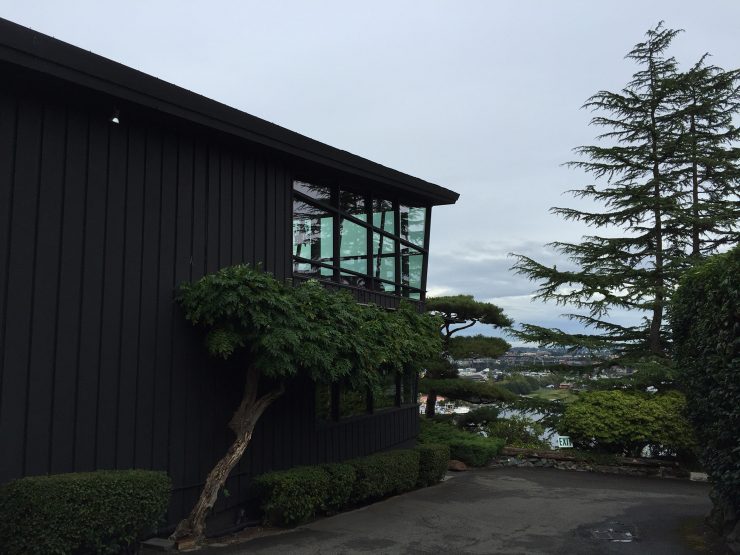
Here’s some radical logic: Restaurants should care more about coffee they’re serving, and work to source quality beans, just like you would any other ingredient. That’s the thought behind the coffee program at Seattle’s iconic Canlis restaurant, where owners and brothers Brian and Mark Canlis have created what’s arguably one of the most impressive restaurant coffee program in the United States.
Like all things, the coffee service at Canlis has been an evolution. The restaurant was a longtime Starbucks partner until 2010, and worked with the Seattle-based coffee giant to create the popular Casi Cielo blend from two farms in Guatemala. They were the first restaurant in the world to have a Clover machine on the premises. “It was fun,” Brian Canlis says, “and then a couple of things happened: Casi Cielo got sold in stores seasonally and before long it was sold around the world. Then it was the second highest selling coffee after Christmas blend. Which was amazing—a testament to the coffee—but it was getting bigger while we as a restaurant were getting smaller.”
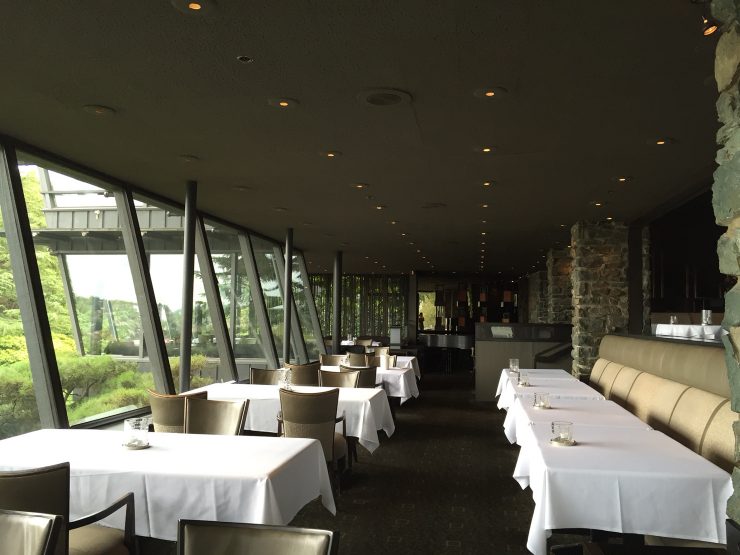
Canlis had made the move to take tables out of its dining room: The kitchen used to serve 250 covers on a Saturday, but now “really packed” means 175 guests on a weekend night. Canlis was ready to do “tiny coffee” in 2010 while Starbucks continued to grow. “It was a great time to leave each other, and we hugged it out,” Brian tells me.
In 2011, the restaurant recruited help from industry professionals and launched a carefully considered multi-roaster program. Back in 2012 (with little care for the whims of SEO), we called it “Perhaps The Best Coffee Date In The World“, but that doesn’t mean you should expect the same tableside whiz-bang theatrics found at, say, the coffee service at Manhattan’s Eleven Madison Park. In 2011, the restaurant recruited help from industry professionals and launched a carefully considered multi-roaster program and considered implementing tableside service. “I think it’s too selfish as a restaurant,” Canlis says. “At the time a guest orders coffee, it’s the most magical time of the night. They’ve had a couple of glasses of wine, they’re on to dessert, it’s like the heart of it. And then you’re asking them to stop what they’re doing and look at you for four minutes while you pour water? I think that’s trying to show off. Let’s let them be together and try to be invisible.”
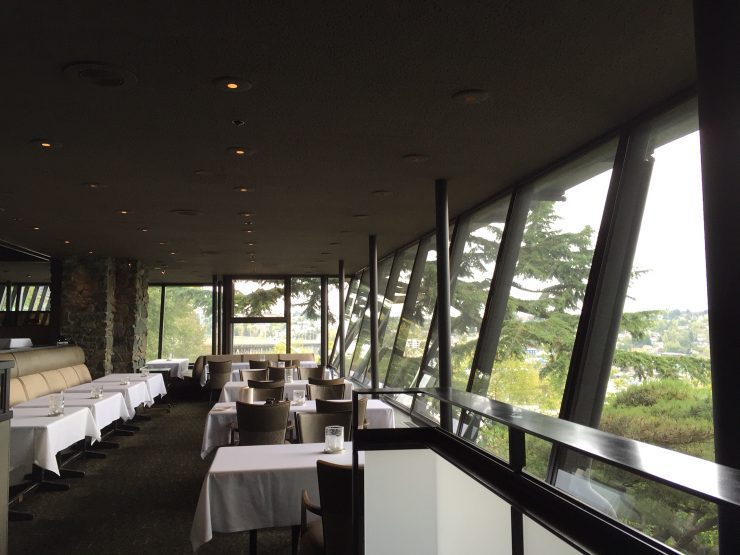
The same year, Canlis hired its first full-time barista, began offering Chemex coffee from four roasters and switched its house blend to Intelligentsia. But a stint by Brian Canlis in New York City led him to Counter Culture Coffee, a Durham, North Carolina-based roaster with training centers across the United States and a recently opened West Coast operations center in the Bay Area. He found the brand’s heavy focus on training appealing, and decided to make the switch. Counter Culture now provides coffee for the Canlis house blend and espresso.
Next, Canlis made improvements to their equipment, partnering with Seattle-based La Marzocco USA to build a custom two-group Linea PB espresso machine. Staff also tasted milk from nine local dairies before settling on Lynden, Washington-based Twin Brook Creamery. Cappuccinos are served in stunning notNeutral cups and flatware, designed as the restaurant’s own line of bone China espresso cups and saucers.

Not enough attention to detail for you? Canlis is even using custom tableside carafes made by a local potter. Every cup of coffee is poured fresh from one station by a barista and made fresh throughout the night.
In early September, Canlis launched a revamped multi-roaster pour-over menu supplementing their house blend and espresso service from Counter Culture. This new menu currently includes coffees from Seattle’s Slate, Portland’s Heart, and Olympia Coffee Roasting Company of Olympia, Washington. The menu will rotate seasonally and was selected by coffee director Natalie Stevens, who joined the Canlis staff earlier in 2015 after a stint at Seattle’s excellent Vif cafe. “I wanted to curate a well-rounded coffee list that showcased the Pacific Northwest and follows suit with the direction of the restaurant,” Stevens says. “Like the restaurant focuses on farmers, the coffee menu tells the story from the location to farmer to roaster.”
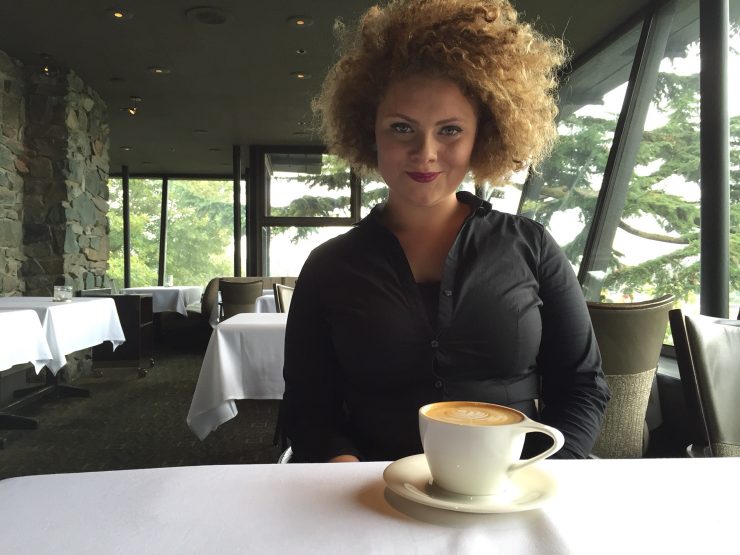
Natalie Stevens
So what’s it like being a barista on staff in a restaurant like Canlis? Stevens estimates that 40 percent of her time is spent preparing coffee, with the rest spent “doing whatever needs to be done” in the restaurant, including delivering food and clearing plates. “I enjoy being in the middle of the action and hustle and bustle while functioning as a singular entity,” she says. “I get to play games of efficiency and time management with myself.”
That balance might shift on a busy weekend night, when she fills up to 20 coffee orders simultaneously. “A giving mentality must be had as a barista here, and personally, I welcome it,” Stevens says, later describing her floating role as a sort of “lone wolf.” This is how you help justify having a barista on staff, and the costs that incurs—the barista must be versatile.
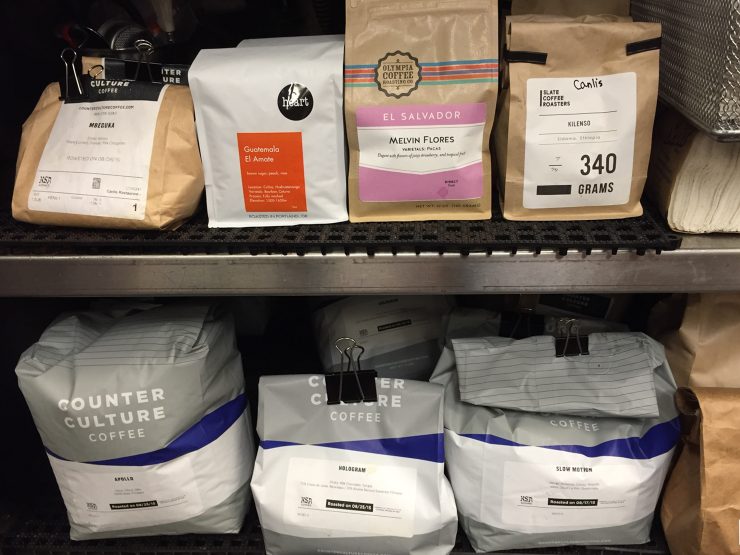
Ideologies aside, Brian Canlis says that, put simply, doing coffee well in restaurants is expensive. “That’s the thing,” Canlis tells me, “Canlis is really good at not making money. It’s not one of our values. We make enough to pay the rent. We’re happy, we’re not trying to open more restaurants. We get excited about trying to do the best we can do.” It’s a luxury and a privilege to have that kind of vantage point; return on investment and cost are correctly cited as the biggest reason why more restaurants don’t do high-end coffee service, and why many shamefully rely on pod coffees and the like.
Brian Canlis admits that from a labor and equipment perspective it’s a very costly endeavor, this restaurant coffee business, and restaurants running on small margins might not be able to offer a fully developed coffee program. “You have to be passionate about coffee in order to do it,” Canlis says. “But what I can’t stand in the fine dining segment—and there are many restaurants out there today, even two-starred Michelin restaurants—that deliver you the meal of your life and then you get to the cup of coffee and no one cares about it. It’s like why would you wear the most beautiful suit and wear flip flops with it? Dinner should be one statement from beginning to end, and that includes the care around coffee. Why would you care about the wine and not the coffee?”
Through the time, money, effort, and energy expended on developing his restaurant’s coffee program, this is a subject the ever-cool Brian Canlis has become quite passionate about. “The difference between great coffee and good coffee is not much money,” Canlis says. “I think the way you serve better coffee in a restaurant is you get a staff that cares.”
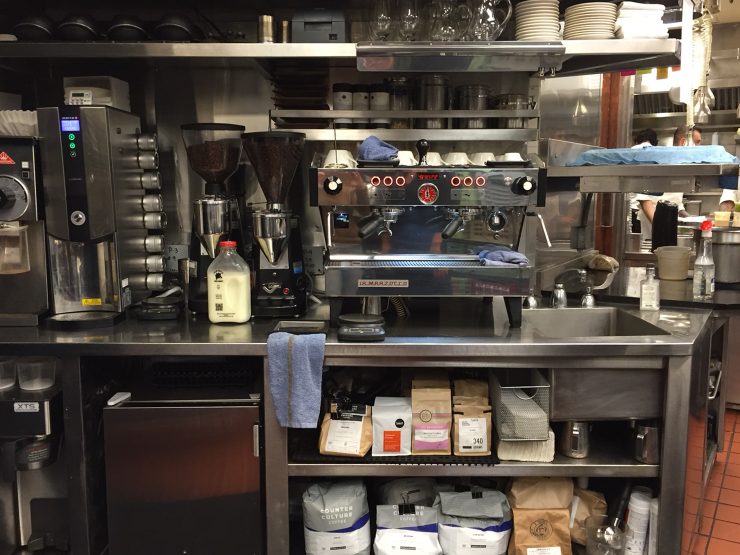
It’s working. Stevens tacks on one more thing she loves about her job: that she gets to surprise guests, since a lot of diners order coffee with dessert but don’t necessarily expect such careful brewing and presentation. “Last week, there was a couple celebrating their 62nd wedding anniversary,” Stevens says. “The gentlemen ordered a latte, I brought it to the table with their dessert. A few minutes later their server asked me to go and speak with him. He said it was the best latte he had ever had and that it made his night. These moments are so special for me. Canlis is such a celebratory place, and this energy can be felt every evening that I step out as a barista in the dining room.”
Canlis is located at 2576 Aurora Avenue North, Seattle. Visit their official website, and follow them on Facebook, Twitter, and Instagram.
Sara Billups (@hellobillups) is a Sprudge staff writer based in Seattle. Read more Sara Billups on Sprudge.
The post “A Barista In The Dining Room”: Coffee Done Right At Seattle’s Canlis appeared first on Sprudge.

